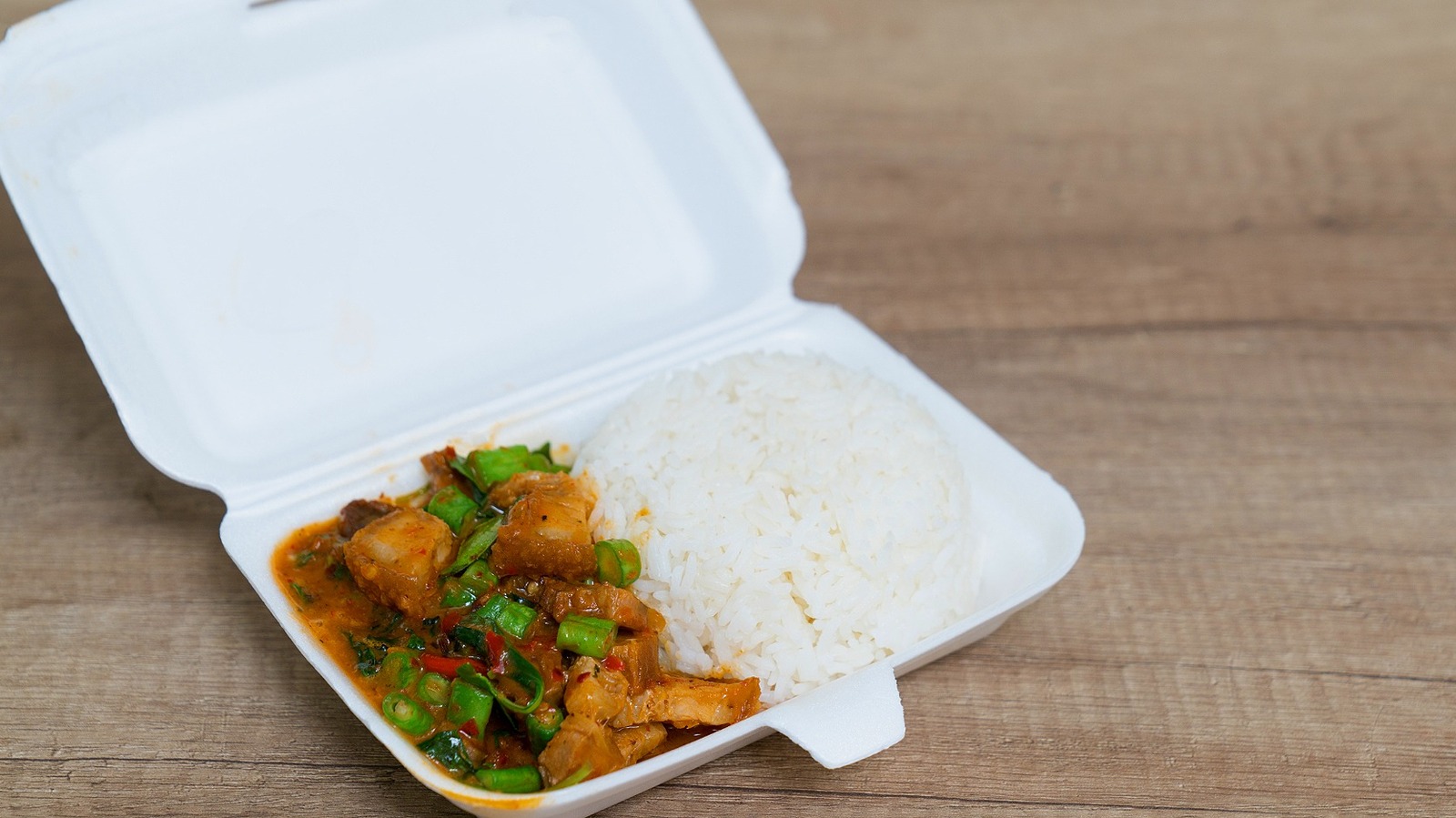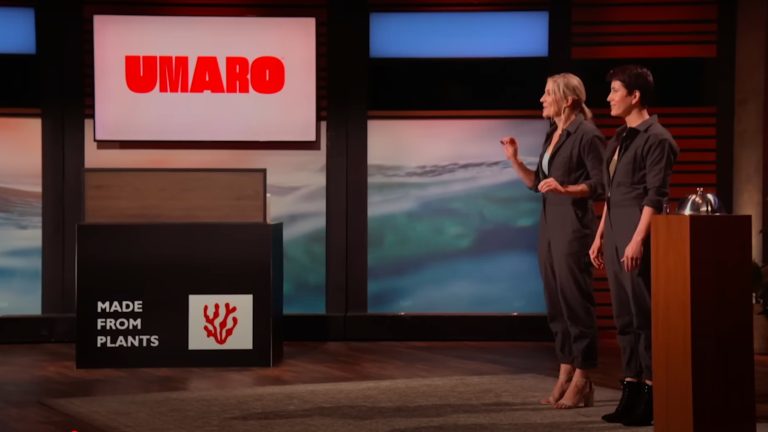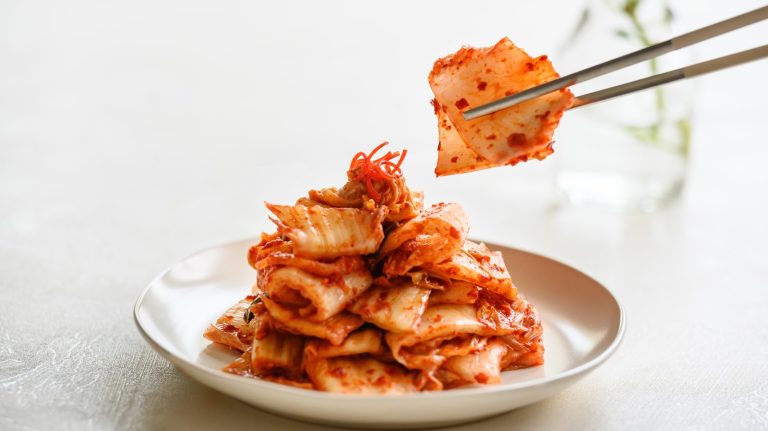Mistakes happen, but microwaving styrofoam is pretty high on the list of blunders that you should really try to avoid. In fact, it’s one of the biggest mistakes people make when reheating food. Here’s the thing — in some scenarios, it’s fine, while in others, melted material can leach styrene, which has been linked to cancers, into the food you’re reheating. The primary solution? Never microwave these containers without first checking their label. If a styrofoam container is microwave safe, it has a tiny symbol with wavy lines. If it doesn’t, the material isn’t FDA-approved, and there is no guarantee it can withstand high temperatures without leaching your food.
Strictly speaking, accidentally consuming styrene-contaminated food isn’t likely to cause significant harm. However, cumulative damage could be harmful. It’s not just a risk of cancer, either; microwaving styrofoam presents a serious fire hazard. The cheap and unsustainable material is extremely flammable. Even if you evade a fiery furnace, nobody wants to open a microwave door with anticipation and be greeted by melted styrofoam. Probably best to avoid picking out surviving bits of — now contaminated — takeout in those circumstances.
In summary, microwaving styrofoam containers is not a good idea. At best it’s a gamble. Check for that all-important symbol, but better still, decant the contents onto a trusted microwave-safe plate if in any doubt. It’s better to be safe than sorry (and, yes, it is dangerous to put styrofoam in the oven, so don’t get any other bright ideas).
Can you tell if your food has been contaminated by styrene?
Unfortunately, it’s hard to tell if food or drink has been contaminated, so prevention is essential. Unless you chemically test the food you’ve reheated in a styrofoam container, err on the side of caution. Often, changes are not visible to the naked eye, and such advanced testing is not feasible at home. It’s a similar reason to why it isn’t safe to drink bottled water left in the sun; it’s (usually) an invisible gamble. If you suspect that food has been contaminated? The best course of action is putting it in the bin.
With that said, there might be tell-tale warnings. Pay attention to red flags like unusual tastes, aromas, and color changes. These signs could be indicators that chemical contamination has silently taken place. Since polystyrene leaches when melted, container damage is an obvious cause for concern. Otherwise, invest wholeheartedly in prevention. Purchase a trusted rotation of microwave-safe alternatives, including ceramics and purpose-made glass or plastic containers. Avoid materials that are known to leach, like styrofoam, and play it safe with responsible reheating.






